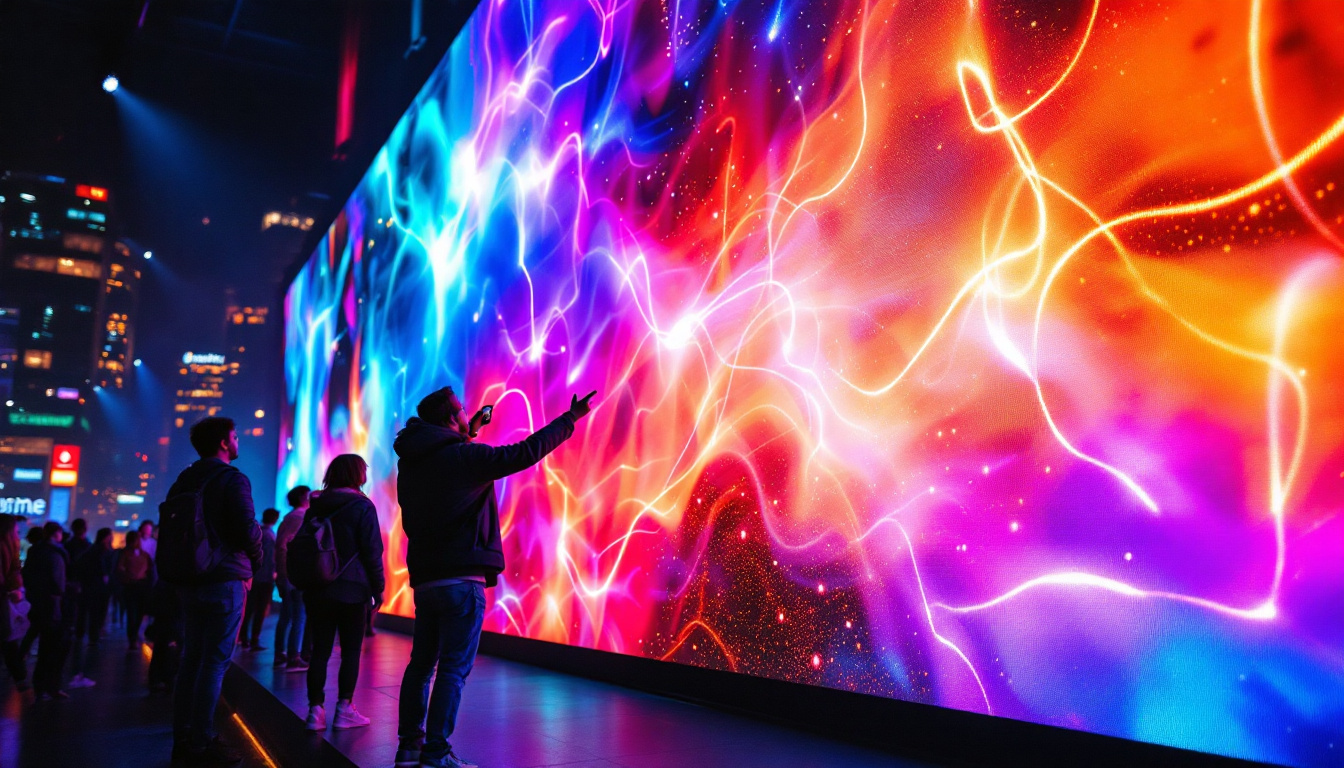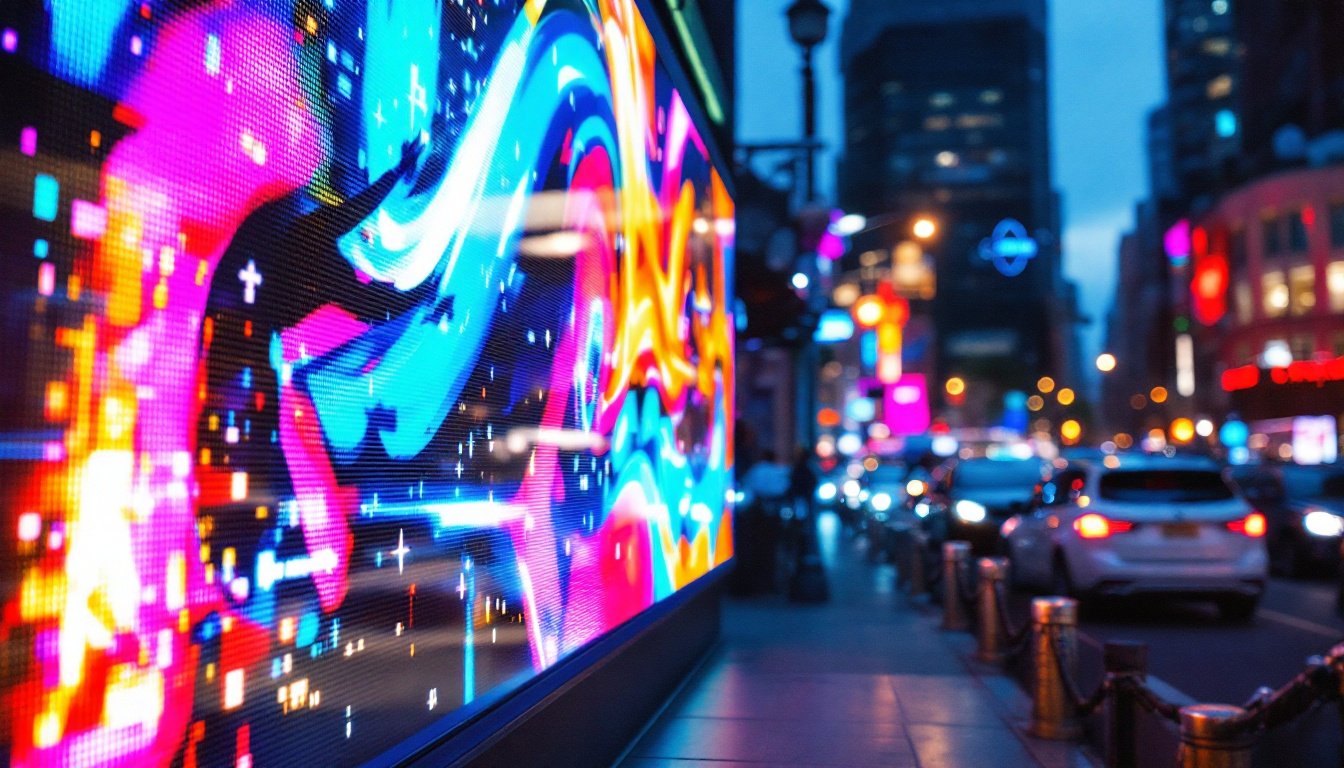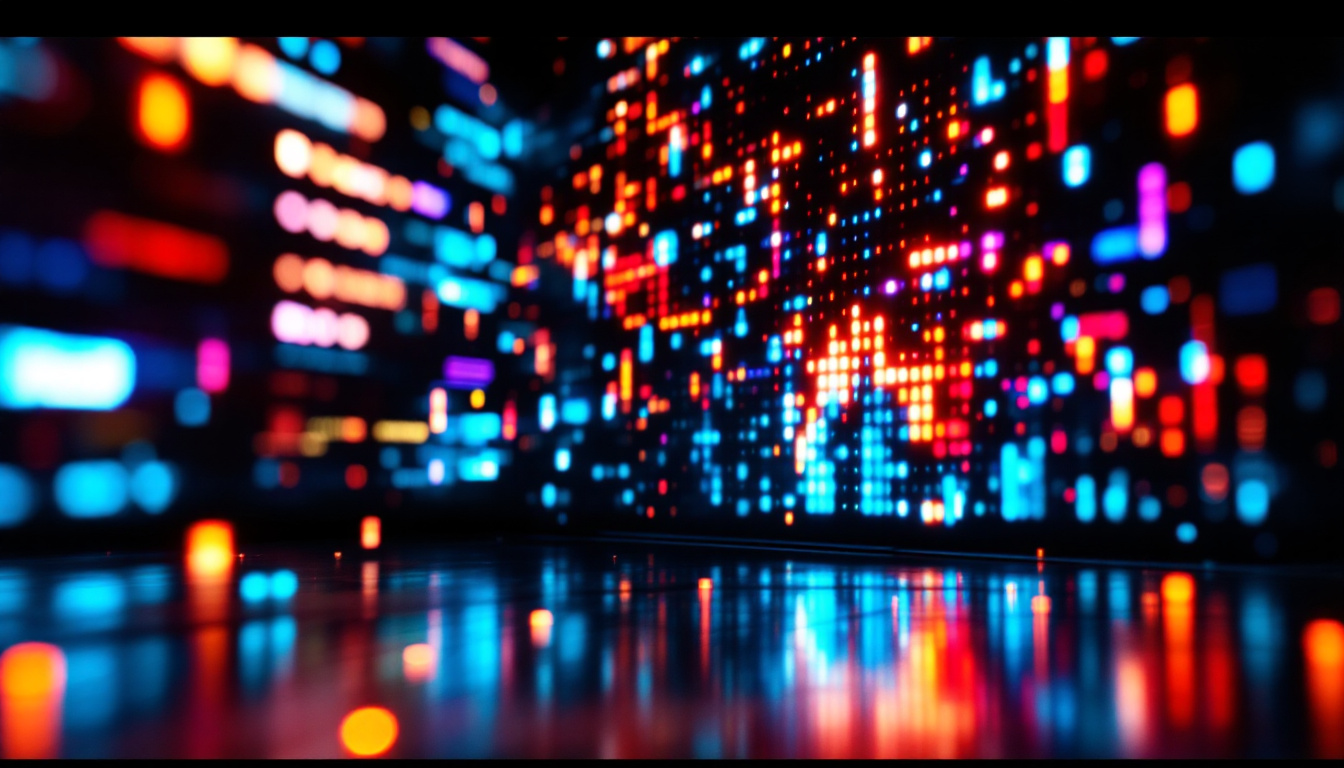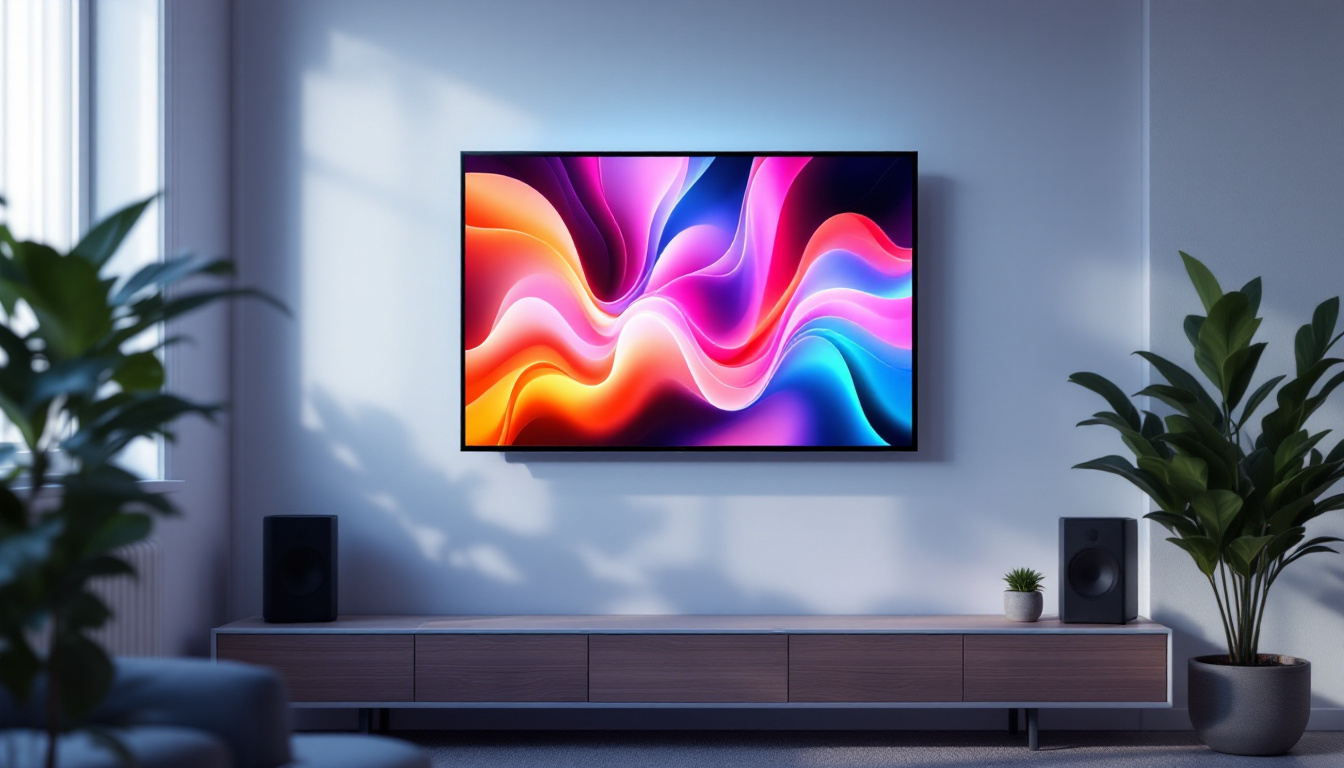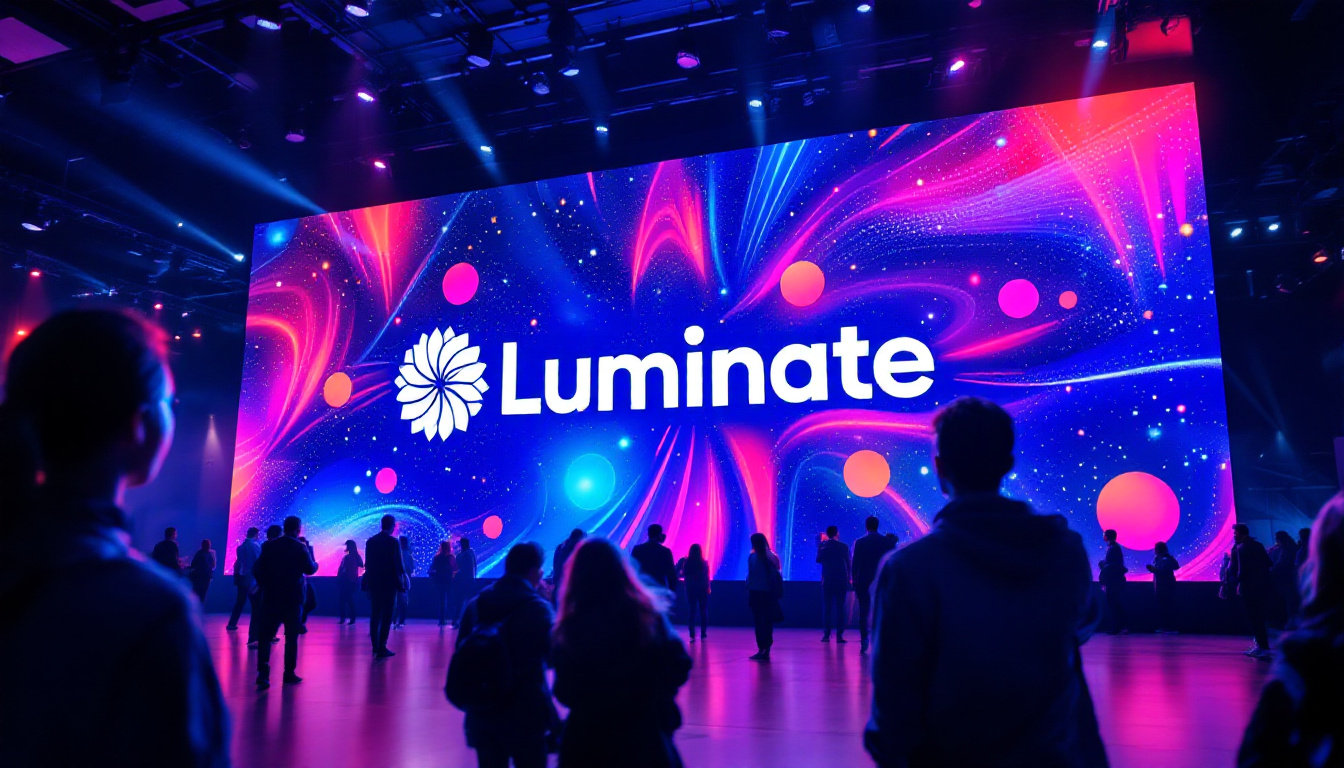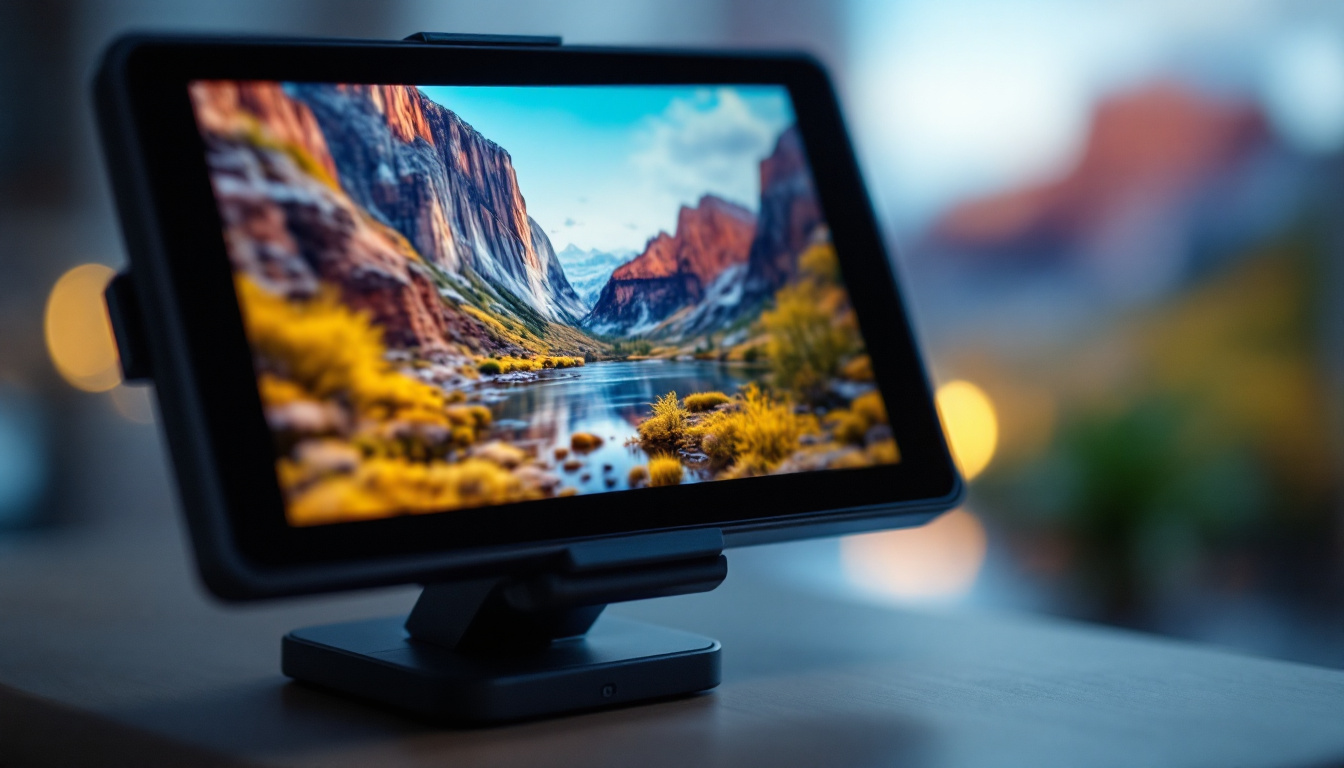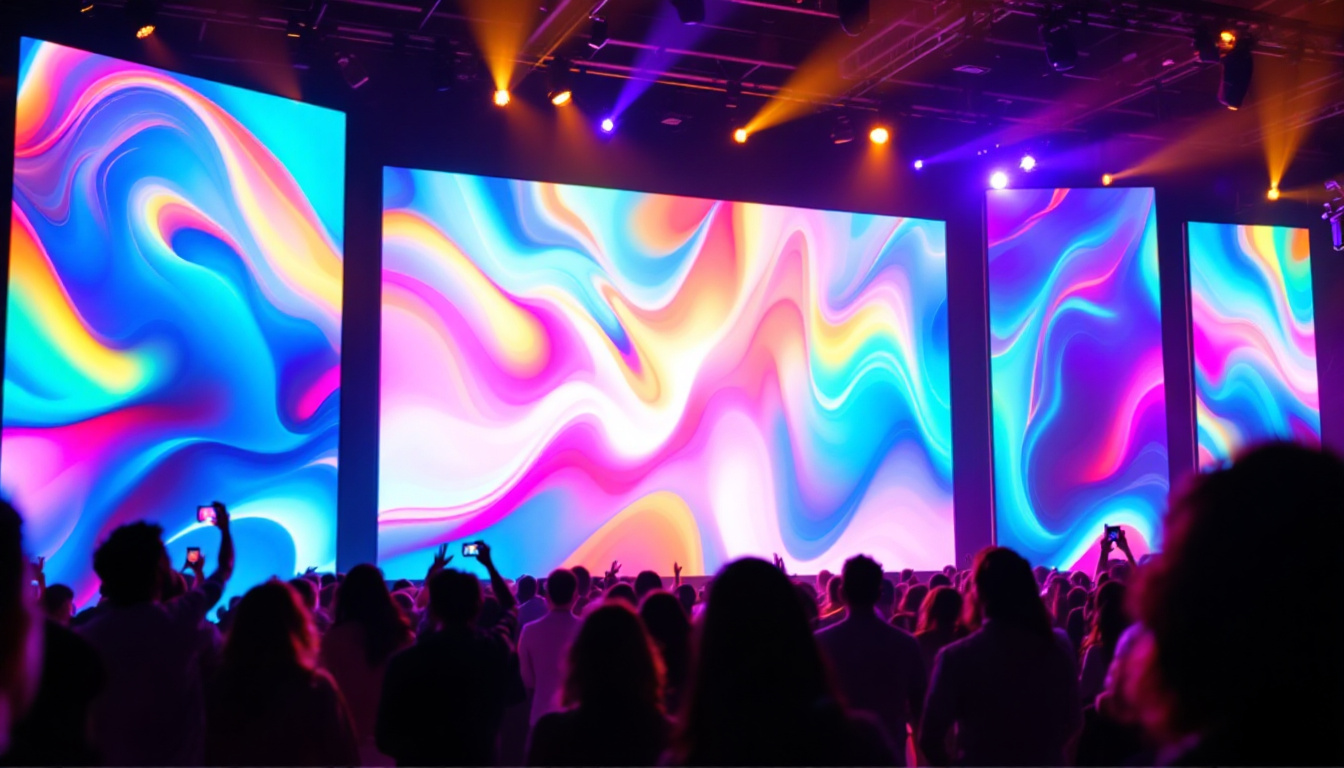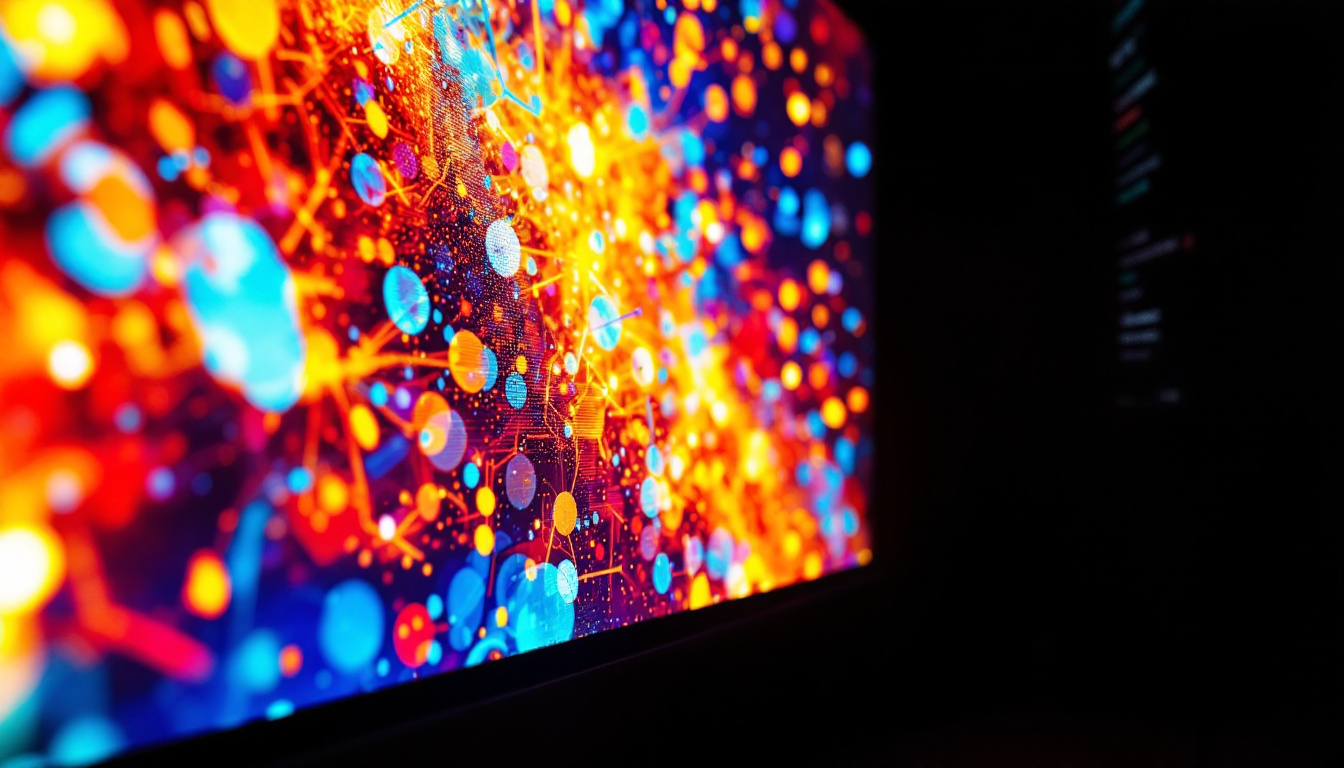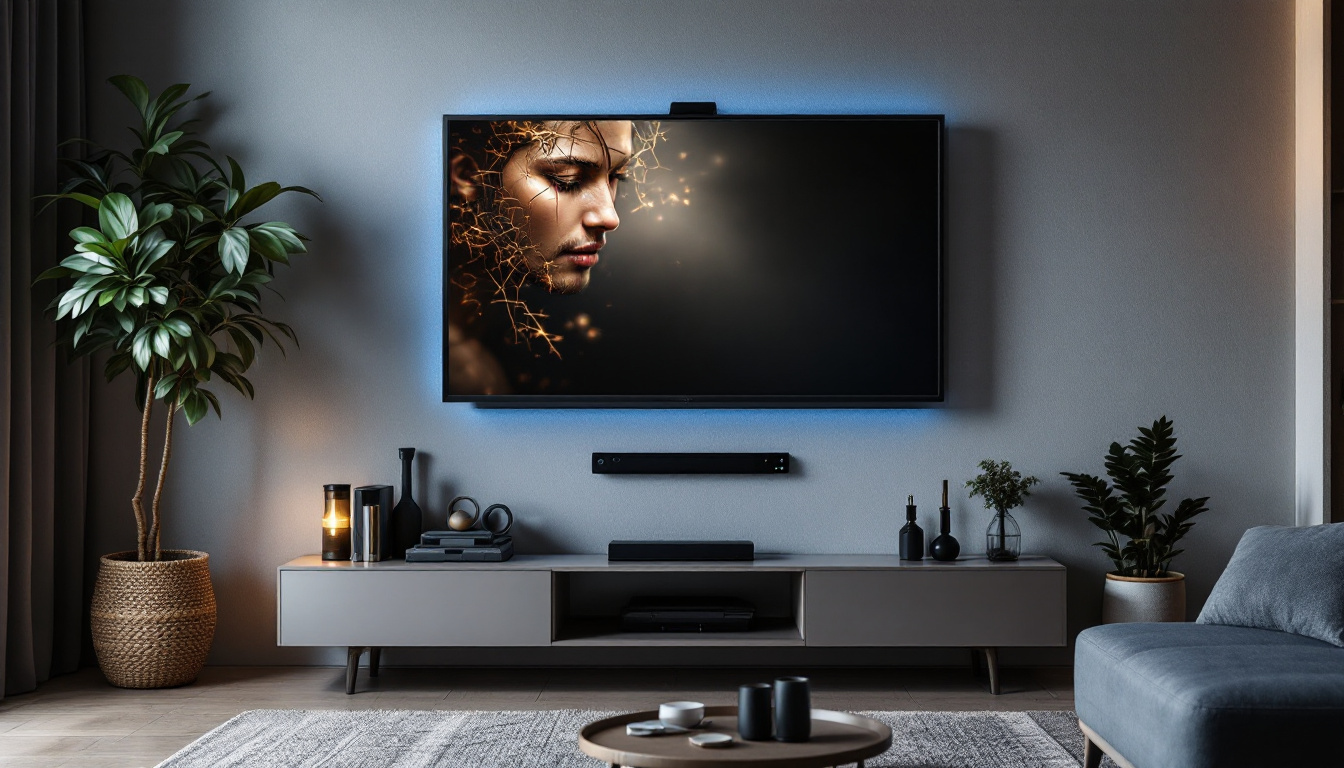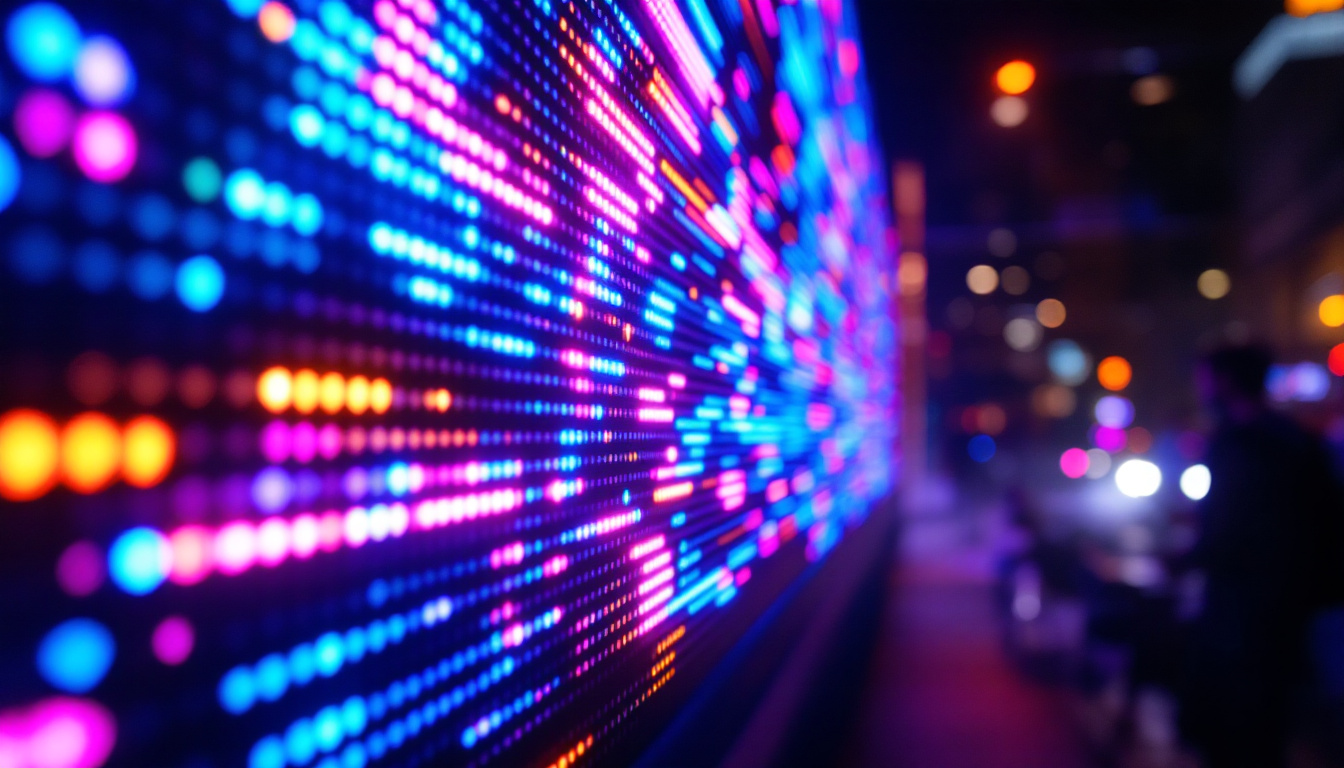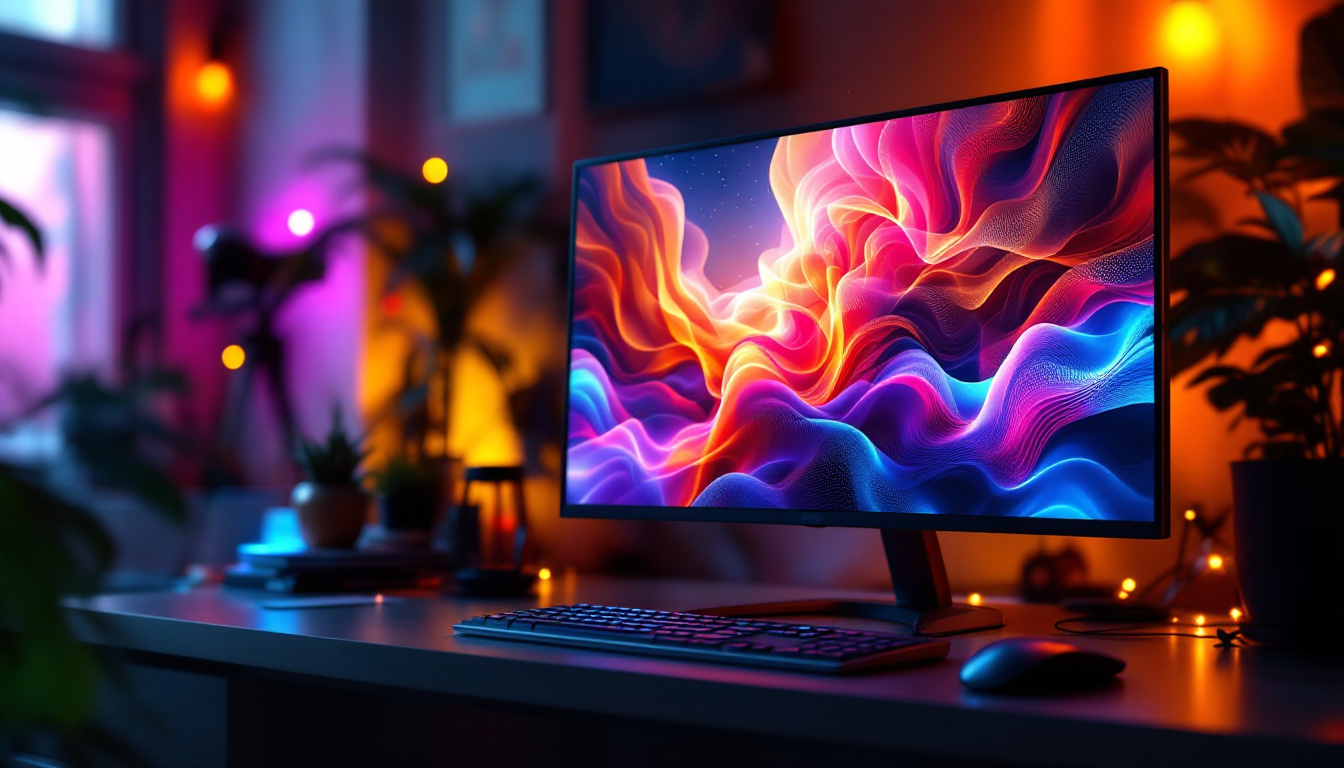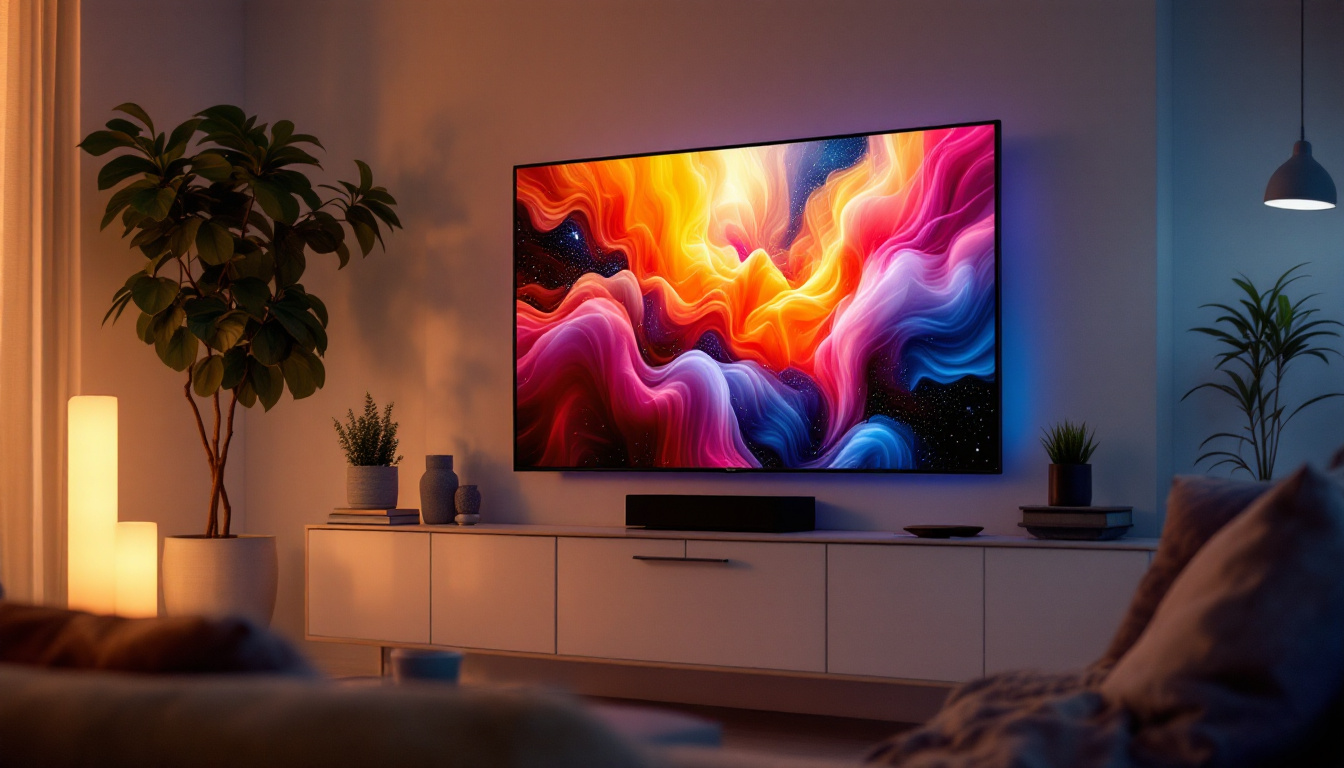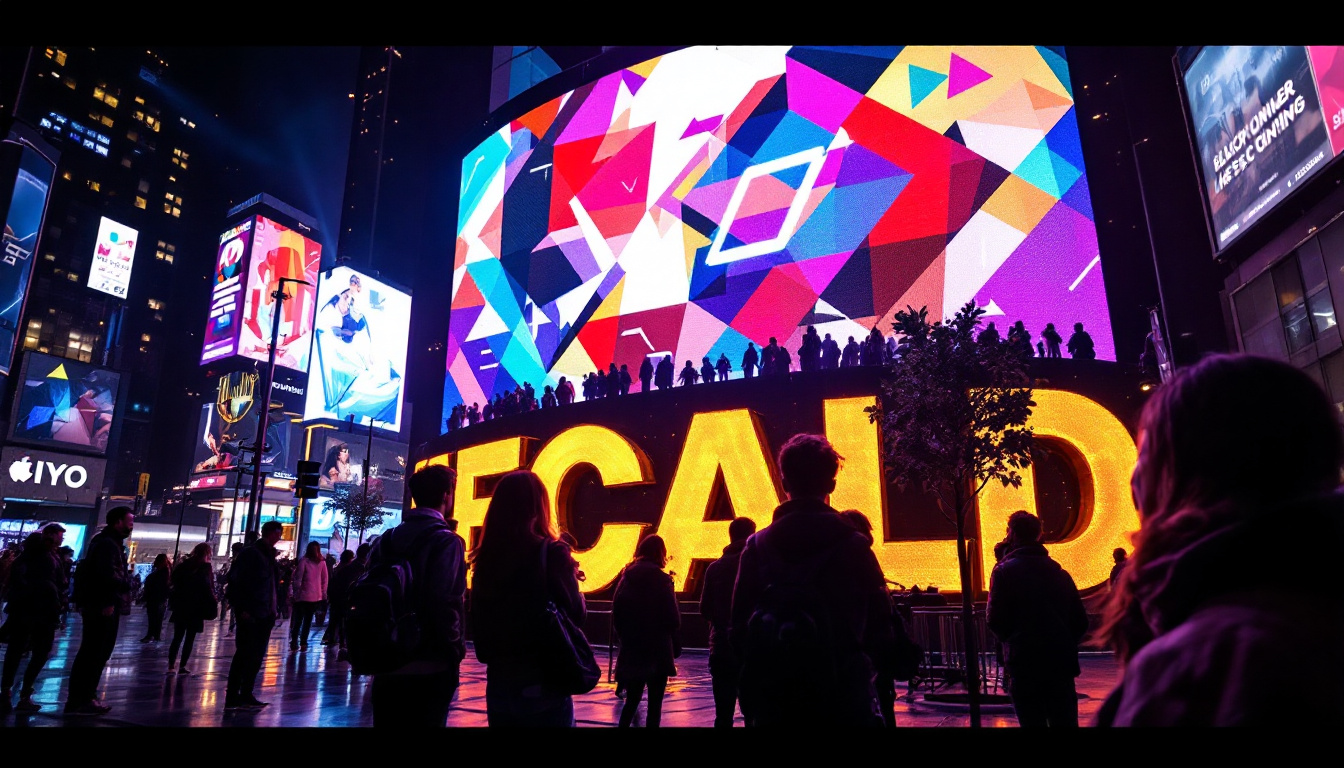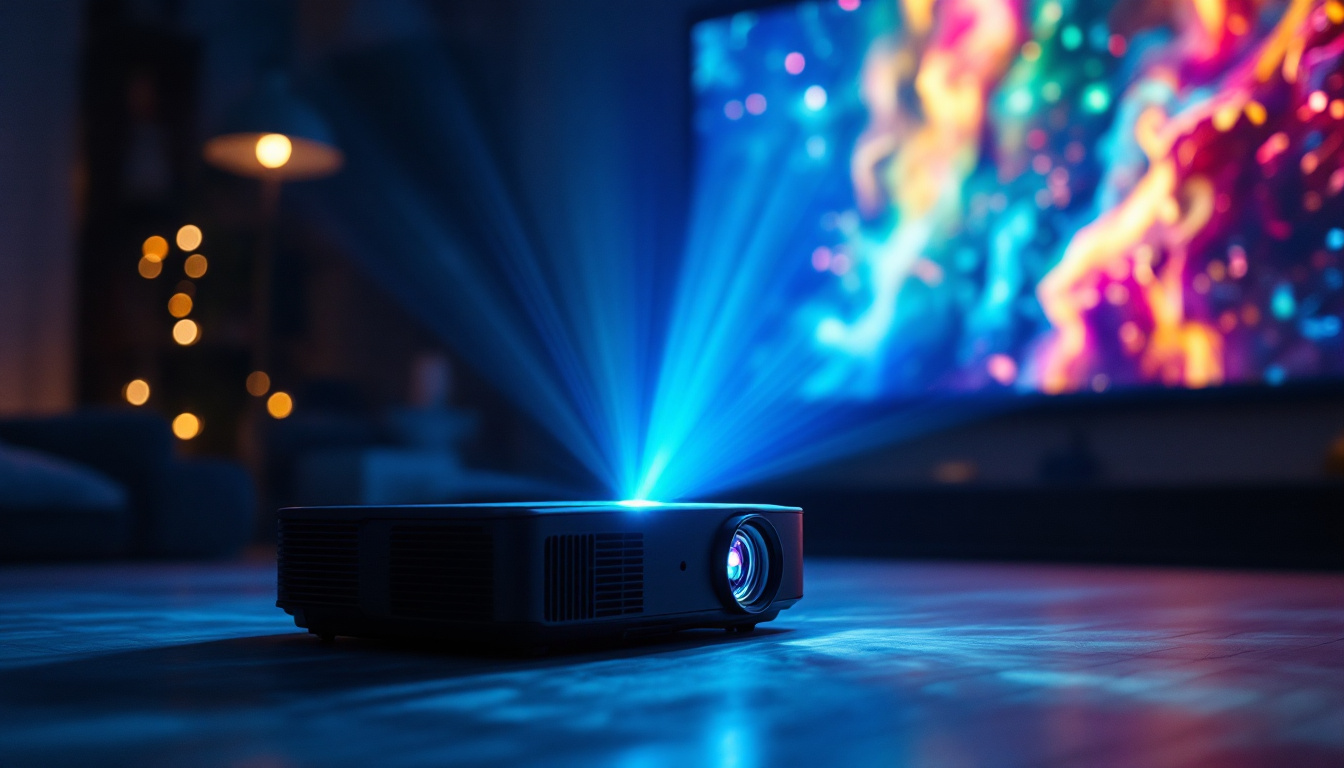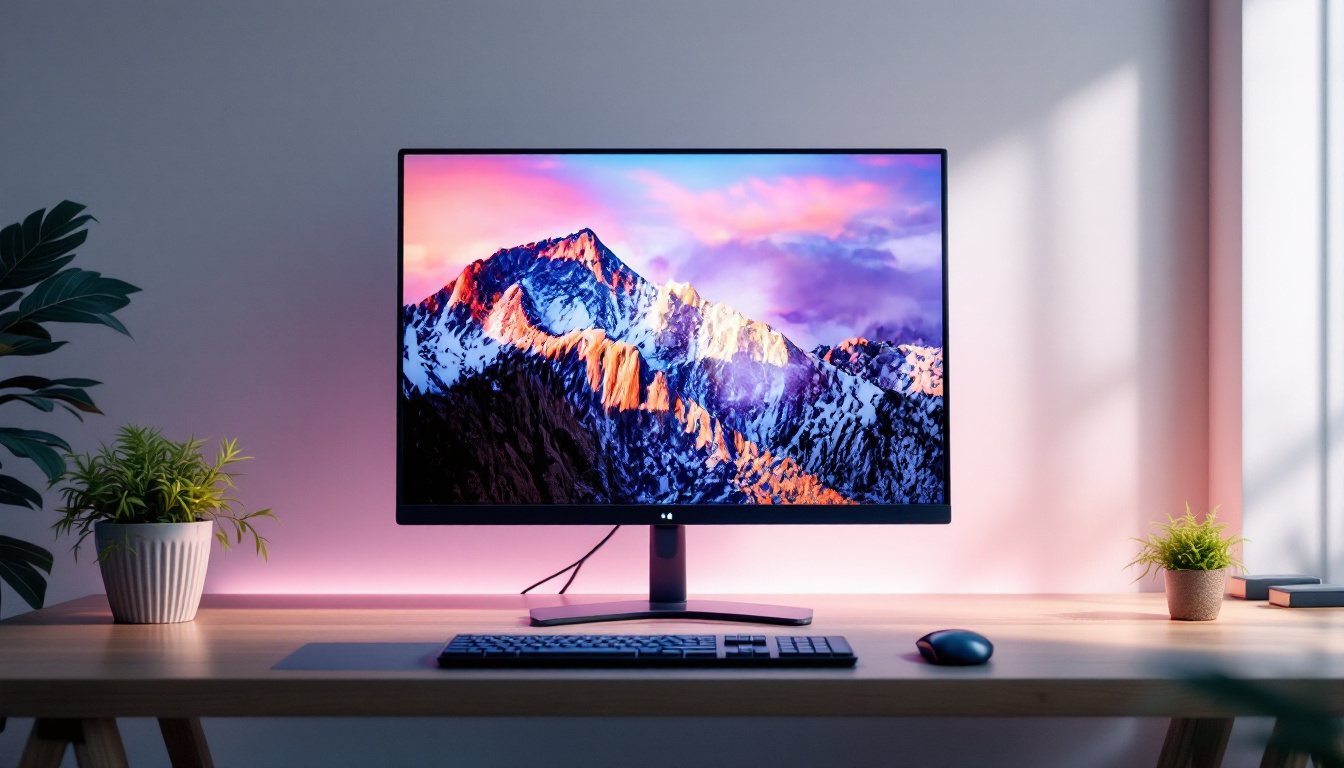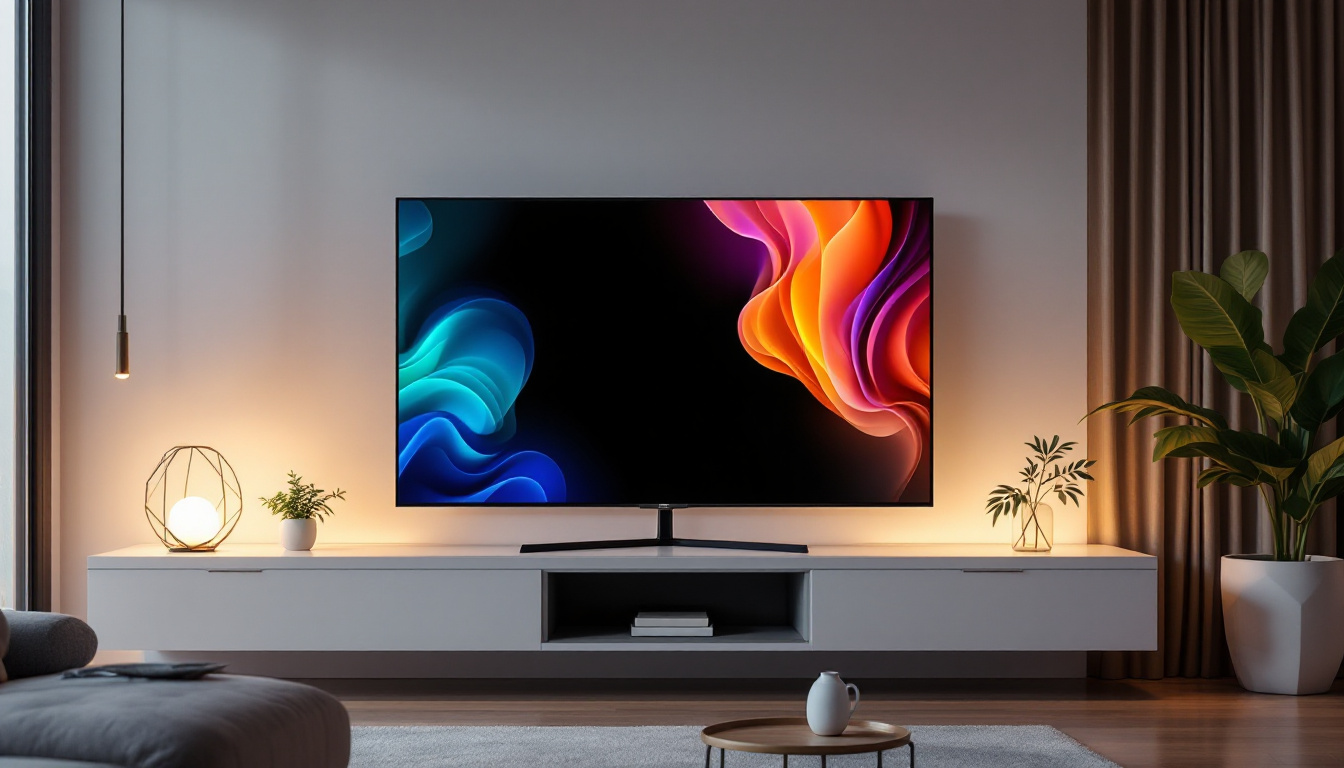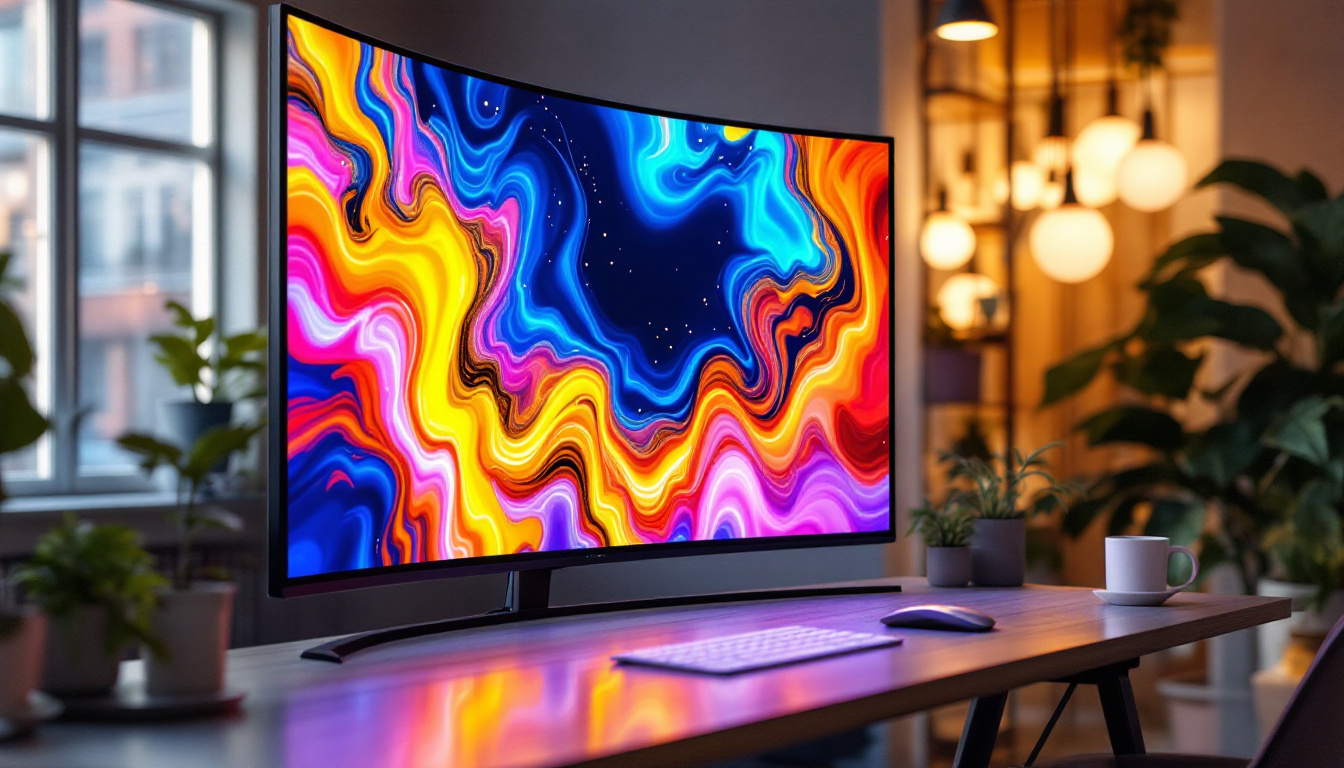In today’s digital age, televisions have evolved far beyond simple screens for watching broadcast programs. Among the myriad of display technologies, LED displays have become the dominant choice for both manufacturers and consumers. Understanding how LED displays work, their advantages, and how to effectively show your screen on a TV using LED technology can enhance your viewing experience and help you make informed decisions when purchasing or using a television.
What Is an LED Display?
LED stands for Light Emitting Diode, a semiconductor device that emits light when an electric current passes through it. In the context of televisions, LED displays refer to LCD (Liquid Crystal Display) screens that use LED backlighting instead of traditional fluorescent lights.
This distinction is important because LED TVs are technically a type of LCD TV. The LED backlighting provides brighter images, better contrast, and improved energy efficiency compared to older CCFL (Cold Cathode Fluorescent Lamp) backlit LCDs. This improvement in technology has not only enhanced the viewing experience but has also contributed to the growing popularity of LED TVs in households around the world, as consumers increasingly seek out energy-efficient options that do not compromise on picture quality.
How LED Backlighting Works
In an LED TV, the liquid crystal panel itself does not emit light. Instead, a series of LEDs positioned behind or around the edges of the screen generate light that passes through the LCD layer. The crystals then manipulate this light to produce the images you see on the screen. This process allows for a vibrant display that can showcase a wide range of colors and details, making it ideal for everything from watching movies to playing video games.
There are two primary types of LED backlighting:
- Edge-lit LED: LEDs are placed along the edges of the screen, allowing for thinner TV designs but sometimes resulting in uneven brightness. This design is often favored for its sleek appearance, making it a popular choice for modern living spaces.
- Full-array LED: LEDs are distributed evenly behind the entire screen, enabling local dimming and better contrast control. This technology enhances the viewing experience by allowing for deeper blacks and brighter whites, which is particularly noticeable in scenes with high dynamic range.
Mini-LED and Micro-LED: The Next Generation
Recent advancements have introduced Mini-LED and Micro-LED technologies, which use significantly smaller LEDs to improve brightness, contrast, and color accuracy. Mini-LED TVs can have thousands of tiny LEDs, allowing for more precise local dimming zones. This means that viewers can enjoy a more dynamic range of color and detail, especially in high-contrast scenes where shadows and highlights coexist. The result is a more immersive experience, making it feel as though you are part of the action on screen.
Micro-LED, still emerging in consumer markets, offers self-emissive pixels similar to OLED but with higher brightness and durability. This technology eliminates the need for a backlight altogether, as each pixel emits its own light. As a result, Micro-LED displays can achieve stunning color accuracy and contrast ratios while also being less prone to burn-in, a common issue with OLED screens. This innovation opens up exciting possibilities for future display technologies, potentially leading to even larger and more flexible screen designs that can adapt to various viewing environments.
Advantages of LED Displays Over Other Technologies
LED displays have become the preferred choice for many reasons, especially when compared to older LCD models and competing technologies like plasma and OLED. Their rapid advancement in technology has made them not only more accessible but also more versatile, catering to a wide range of consumer needs and preferences.
Energy Efficiency and Longevity
LED backlighting consumes less power than CCFL backlights, making LED TVs more energy-efficient. This efficiency translates to lower electricity bills and a reduced environmental footprint. Additionally, LEDs have a longer lifespan, often exceeding 50,000 hours, which means your TV will maintain brightness and color quality for many years. The durability of LED technology also means fewer replacements and less electronic waste, contributing positively to sustainability efforts in the electronics industry. As consumers become more environmentally conscious, the long-lasting nature of LED displays aligns perfectly with their values.
Improved Picture Quality
LED TVs offer brighter screens and better contrast ratios. Full-array LED TVs with local dimming can achieve deeper blacks by dimming specific zones of the backlight, enhancing the overall picture quality. This improvement is particularly noticeable when watching HDR (High Dynamic Range) content, which requires a wide color gamut and high contrast. The advancements in color accuracy and brightness levels make LED displays ideal for a variety of viewing conditions, whether in a brightly lit room or a dimly lit home theater. Furthermore, the rapid response time of LED technology minimizes motion blur, making it a favorite among gamers and sports enthusiasts who demand crisp, clear images during fast-paced action.
Thin and Lightweight Designs
The compact nature of LEDs allows manufacturers to create thinner and lighter TVs, which are easier to mount on walls or fit into modern entertainment setups. This sleek design appeals to consumers looking for stylish and space-saving solutions. Additionally, the lightweight nature of LED displays facilitates easier transportation and installation, making them a practical choice for those who frequently rearrange their living spaces or move homes. The aesthetic appeal of these slim profiles also allows for innovative designs, such as frameless screens and integrated smart technology, which enhance the overall viewing experience and integrate seamlessly into contemporary home decor.
How to Show Your Screen on an LED TV
One of the most common uses of modern LED TVs is as a display for other devices, such as laptops, smartphones, gaming consoles, or streaming devices. Understanding the methods to mirror or extend your screen onto an LED TV can optimize your viewing and productivity experience.
Using HDMI Connections
HDMI (High-Definition Multimedia Interface) remains the most reliable and straightforward way to connect devices to an LED TV. It transmits both high-definition video and audio signals through a single cable, ensuring high-quality output.
To show your screen on an LED TV via HDMI:
- Connect one end of the HDMI cable to your device (laptop, gaming console, etc.) and the other end to the HDMI port on your TV.
- Switch your TV input to the corresponding HDMI channel using the remote control.
- Your device’s screen should automatically appear on the TV. If not, adjust the display settings on your device to enable screen mirroring or projection.
HDMI supports resolutions up to 4K and beyond, making it ideal for high-definition content.
Wireless Screen Mirroring Technologies
For those who prefer cable-free setups, several wireless technologies allow you to show your screen on an LED TV:
- Miracast: A Wi-Fi Direct standard that enables screen mirroring from Windows PCs and Android devices to compatible TVs without a router.
- AirPlay: Apple’s proprietary wireless streaming technology that allows iPhones, iPads, and Macs to mirror or extend their displays to Apple TV or AirPlay-compatible smart TVs.
- Google Cast (Chromecast): Enables casting content from Android devices, Chrome browsers, and supported apps to Chromecast-enabled TVs or devices.
Wireless mirroring offers convenience but may introduce slight latency or quality degradation depending on network conditions.
Using Smart TV Apps and Streaming Devices
Many LED TVs today are smart TVs equipped with built-in apps that facilitate screen sharing and streaming. Alternatively, streaming devices like Roku, Amazon Fire Stick, or Google Chromecast can be connected to any LED TV to add these capabilities.
These platforms often support popular apps such as Netflix, YouTube, and Hulu, allowing users to stream content directly without needing to mirror a separate device.
Optimizing Your Viewing Experience on LED TVs
To make the most out of your LED TV, it is essential to understand how to optimize settings and placement.
Calibrating Picture Settings
Factory settings on LED TVs are often optimized for showroom brightness and color, which may not be ideal for home environments. Adjusting settings such as brightness, contrast, color temperature, and sharpness can significantly improve picture quality.
Many manufacturers include preset modes like Cinema, Sports, or Game mode tailored for specific content types. Additionally, professional calibration tools and services are available for enthusiasts seeking the best possible accuracy.
Positioning and Ambient Lighting
The placement of your LED TV affects your viewing comfort and image quality. Position the TV at eye level and at an appropriate distance—generally 1.5 to 2.5 times the diagonal screen size. Avoid direct sunlight or strong light sources reflecting on the screen, as this can wash out the image.
Using bias lighting behind the TV can reduce eye strain and improve perceived contrast, creating a more immersive experience.
Maintaining Your LED TV
To ensure longevity, keep your LED TV clean and dust-free. Use a microfiber cloth to gently wipe the screen, avoiding harsh chemicals that can damage the display. Also, avoid leaving static images on the screen for extended periods to prevent image retention or burn-in, although this is less of a concern with LED TVs compared to OLEDs.
Future Trends in LED Display Technology
The LED display market continues to evolve rapidly, driven by consumer demand for better picture quality, energy efficiency, and innovative form factors.
8K Resolution and Beyond
While 4K has become mainstream, manufacturers are pushing 8K LED TVs into the market. These displays offer four times the pixels of 4K, providing incredibly sharp images, especially on very large screens. However, 8K content is still limited, and the benefits are most noticeable on screens larger than 65 inches.
Integration with Smart Home Ecosystems
LED TVs are increasingly integrated with smart home assistants like Amazon Alexa, Google Assistant, and Apple HomeKit. This integration allows voice control, automation, and seamless interaction with other smart devices, enhancing convenience and user experience.
Flexible and Transparent LED Displays
Innovations in LED technology are enabling flexible and transparent displays, which could revolutionize how TVs and monitors are designed and used. Imagine screens that can curve, fold, or become see-through, opening new possibilities for interior design and multimedia applications.
Conclusion
LED displays have transformed the television industry by offering superior picture quality, energy efficiency, and sleek designs. Whether you want to show your screen on an LED TV for work, gaming, or entertainment, understanding the technology and connection options empowers you to maximize your viewing experience. As LED technology continues to advance, consumers can look forward to even more immersive and versatile displays in the years ahead.
Explore Cutting-Edge LED Displays with LumenMatrix
Ready to elevate your visual experience with the latest in LED display technology? LumenMatrix is at the forefront of innovation, offering a wide array of LED display solutions that cater to every need. From the comfort of your home to the excitement of outdoor events, our Indoor and Outdoor LED Wall Displays, Vehicle LED Displays, and LED Sports Displays provide unparalleled clarity and immersion. Discover the future of digital signage with our LED Poster Displays, Floor LED Displays, Custom LED Displays, All-in-One LED Displays, and LED Transparent Displays. Experience the revolution in visual communication and make your message resonate with LumenMatrix. Check out LumenMatrix LED Display Solutions today and transform the way you share your story.



